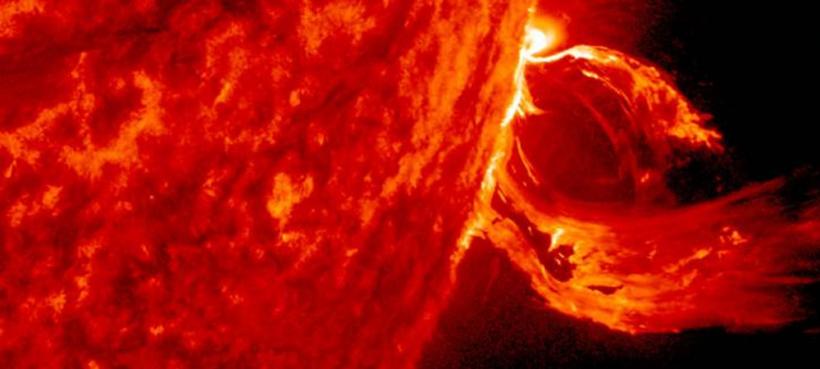
Fusion Science is a broad and rich research area aimed at understanding and controlling high-performance, steady-state fusion plasmas suitable for creating net fusion energy. Fusion Science covers areas relevant to taming the plasma-wall interface, including materials science and plasma material interactions; developing advanced measurement and control techniques, including learning how to avoid transient events that disrupt plasma operations; and testing and developing predictive models for fusion plasma performance optimizations, leveraging a wide array of experimental measurements, theory, and simulation. Fusion Science is tightly coupled with Fusion Technology, with overlapping research interests aimed at accelerating the high-field path to fusion.
Fusion Science research at the PSFC is focused on five topical areas: boundary plasma science and divertor physics, pedestal and edge physics, core physics, plasma waves, and disruption prediction and mitigation. These five topical science areas are complemented by the cross-cutting thrusts of plasma heating and current drive, and plasma turbulence. In addition, scientists at the PSFC participate in working groups that focus on developing high-performance, naturally ELM-free operating regimes (one in particular known as I-mode), and that focus on expanding applications of machine learning and advanced algorithms to core and edge physics, and disruption physics.
Dr. Earl Marmar
marmar@mit.edu